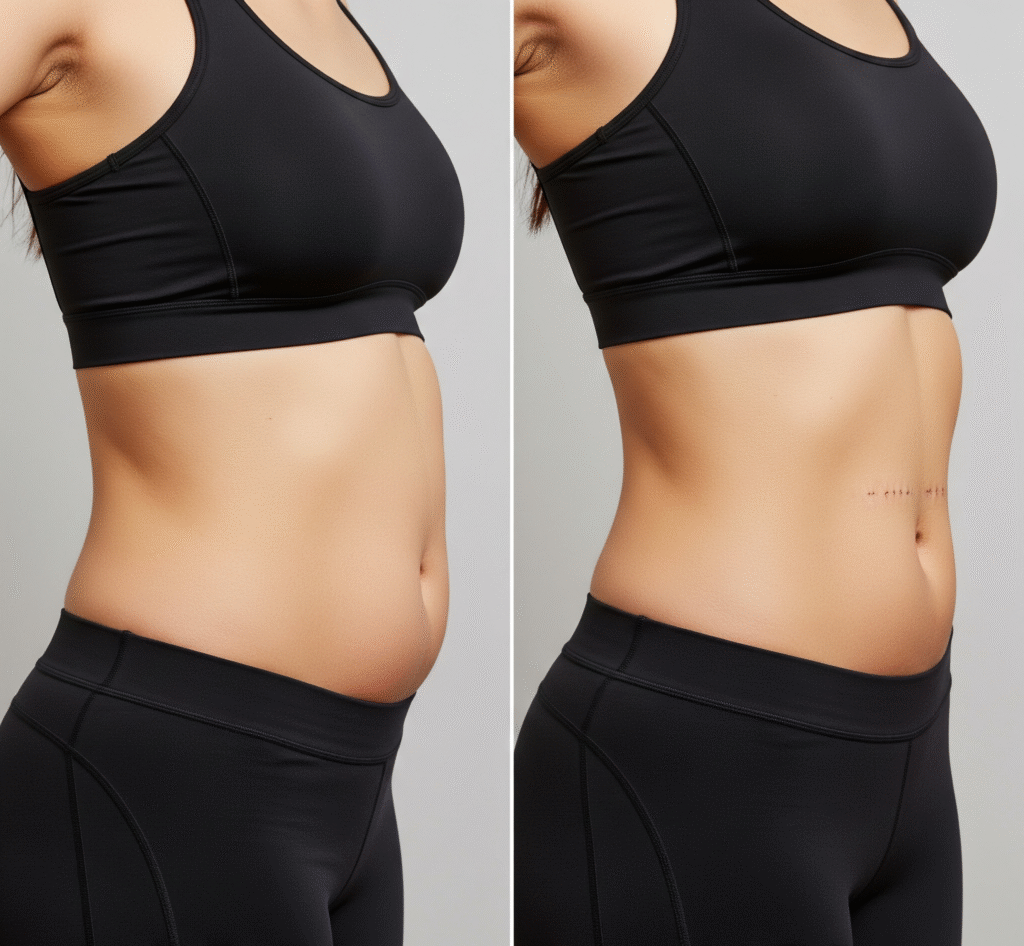How much is liposuction is one of the most pressing questions for anyone considering this popular body contouring procedure. While there’s no single price tag, the average liposuction cost in the United States typically ranges from $3,000 to $8,000 per treatment area. However, this figure is just a starting point. The final cost is highly variable and depends on a multitude of factors, from the surgeon’s expertise to the specific areas you wish to treat. Understanding the full cost breakdown is crucial for planning and budgeting for your aesthetic goals.

What is the Average Cost of Liposuction?
According to the most recent statistics from the American Society of Plastic Surgeons, the average cost for the surgeon’s fee alone is approximately $3,637. It’s vital to understand that this number does not represent the total price. This figure excludes other essential costs, such as anesthesia, operating room facilities, and other related expenses. Therefore, your final bill will almost certainly be higher than this average. A comprehensive quote from a board-certified plastic surgeon will provide a more accurate picture of your total investment.
What Factors Influence the Final Liposuction Price?
The price you are quoted during your consultation is a personalized figure based on your unique needs and goals. Several key elements come together to determine your final cost. Being aware of these variables will help you understand why prices can differ so significantly from one patient to another.
How Does the Treatment Area Affect the Cost?
The size and number of areas being treated are the most significant factors in determining the cost. Larger areas, like the abdomen or back, require more time and effort to treat, and therefore cost more than smaller areas like the chin or arms.
Small Areas (e.g., chin, ankles): Typically range from $2,500 – $4,500.
Medium Areas (e.g., arms, inner thighs): Usually fall between $3,000 – $6,000.
Large Areas (e.g., abdomen, back, full thighs): Can range from $4,000 – $8,000+.
Treating multiple areas at once can sometimes be more cost-effective than scheduling separate procedures, as you only pay for facility and anesthesia fees once.
Does the Surgeon’s Experience Matter for the Price?
Absolutely. The surgeon’s fee is a direct reflection of their skill, experience, and reputation. A board-certified plastic surgeon with years of specialized experience in body contouring will command a higher fee than a less experienced practitioner. While it may be tempting to choose a cheaper option, remember that your safety and results are paramount. Paying more for a highly qualified surgeon is an investment in quality and peace of mind.
What Role Does Geographic Location Play?
Just like the cost of living, the cost of cosmetic surgery varies by location. Procedures performed in major metropolitan areas on the coasts (like New York or Los Angeles) will generally be more expensive than those in smaller cities in the Midwest or South. This is due to higher overhead costs for rent, staff, and medical supplies in these regions.
Can You Give Me a Detailed Liposuction Cost Breakdown?
To fully grasp the final price, it’s helpful to see how the total is divided. Your quote should clearly itemize each component, leaving no room for surprise expenses.
What is the Surgeon’s Fee?
This is typically the largest portion of the total cost. It covers the surgeon’s time and expertise for the pre-operative consultation, the procedure itself, and all standard post-operative follow-up appointments. This fee ensures you are under the care of a skilled professional throughout your entire journey.
What are Anesthesia Fees?
The cost of anesthesia depends on the type used (local, IV sedation, or general) and the credentials of the provider. A board-certified anesthesiologist will cost more than a nurse anesthetist. The choice of anesthesia is based on the extent of the procedure and is determined with your safety as the top priority.
What are Surgical Facility Fees?
This fee covers the use of the operating room and its equipment, as well as the support of the clinical staff. Procedures performed in an accredited private surgical suite or a hospital will have a higher facility fee than those done in a less equipped office. Ensure your procedure is performed in an accredited facility to guarantee the highest standards of safety and care.
Are There Other Hidden Costs to Consider?
Beyond the main fees, you should budget for additional expenses, including:
Pre-operative medical tests and lab work.
Prescription medications for pain and to prevent infection.
Post-surgical compression garments, which are essential for proper healing.
Potential costs for lymphatic massage or other post-op therapies to enhance results.
Will My Health Insurance Cover Liposuction?
In the overwhelming majority of cases, the answer is no. Liposuction is considered an elective cosmetic procedure, and health insurance providers do not cover treatments performed for aesthetic reasons. There are very rare exceptions where it may be deemed medically necessary, such as for the treatment of conditions like lipedema, but this requires extensive documentation and pre-authorization and is not guaranteed.
What are My Options for Financing Liposuction?
Because liposuction is an out-of-pocket expense, many clinics offer financing options to make the procedure more accessible. Many patients utilize third-party medical financing companies like CareCredit, which offer low or no-interest payment plans. You can also explore options like a personal loan from a bank or using a credit card. Discuss these possibilities with your surgeon’s office, as their financial coordinator can guide you through the application process.



